Key Window Replacement Errors to Steer Clear Of
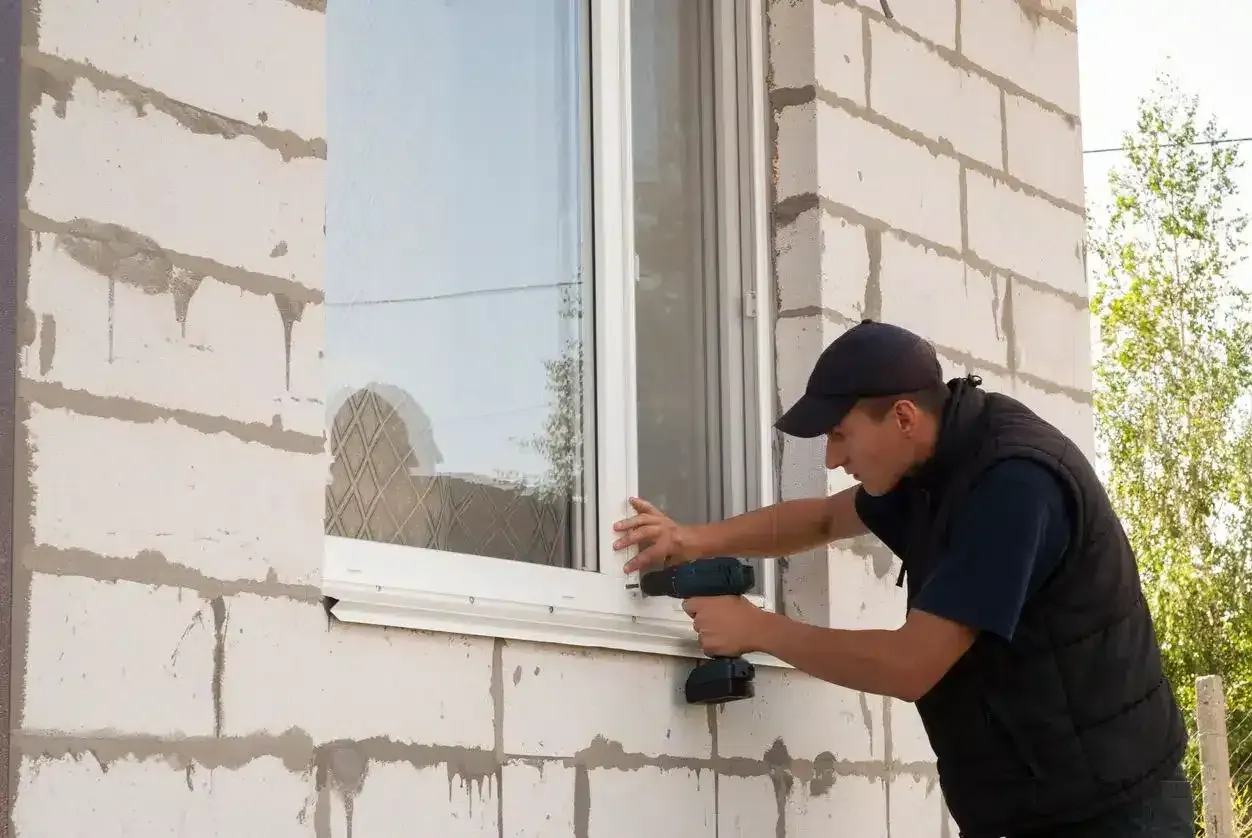
Window replacement can transform your rooms, but many homeowners make critical errors when buying replacement windows . These mistakes range from overlooking essential features to neglecting proper sealant application, which can lead to damage to furniture and carpets. Avoiding common pitfalls ensures a successful window upgrade that enhances both aesthetics and functionality. Keep reading to discover key window replacement errors and how to avoid them for a smooth renovation process.
Key Takeaways
- Investing in quality windows and professional installation can lead to long-term energy savings and comfort
- Understanding local building codes and HOA requirements is crucial before selecting replacement windows
- Balancing aesthetics with functionality ensures windows meet both visual and practical needs of each room
- Familiarizing oneself with warranty terms and proper maintenance helps protect the window investment long-term
Not Considering Price Versus Cost

When replacing windows, homeowners often focus solely on the initial price tag without considering the long-term cost implications. This oversight can lead to significant financial consequences. A reputable window company may offer higher-priced options, such as quality sash windows, that provide better value over time. Factors like energy efficiency can impact heating costs and potentially increase property value, as noted by real estate agents. Moreover, cheaper alternatives might result in hidden expenses, including frequent repairs or the need for early replacement. Understanding the difference between upfront price and overall cost is crucial for making informed decisions about window replacements, which can even affect homeowners insurance premiums.
The True Investment in Quality Windows
Investing in quality windows extends beyond the initial purchase price , encompassing long-term benefits such as improved energy efficiency and durability. High-grade windows, including options like awning styles or those with advanced glass technology, can significantly reduce heating and cooling costs by minimizing air leakage and improving insulation. Homeowners should consider consulting FAQs from reputable manufacturers to understand the full scope of benefits offered by premium window options:
- Enhanced energy efficiency reduces utility costs
- Improved durability leads to fewer replacements over time
- Advanced materials and designs offer better sound insulation
- Higher-quality windows can increase property value
- Reduced maintenance requirements save time and money
Long-Term Savings vs. Upfront Expenditure
Evaluating long-term savings against upfront expenditure is crucial when installing windows . While less expensive options may seem attractive initially, they can lead to higher costs over time due to increased energy bills, potential water damage, and frequent replacements. Investing in high-quality windows with proper installation techniques can prevent infiltration issues and provide significant financial benefits in the long run:
- Lower energy costs through improved insulation
- Reduced risk of water damage and associated repair expenses
- Decreased frequency of window replacements
- Potential increase in property value
- Minimized maintenance costs over the window ‘s lifespan
Energy Efficiency and Its Impact on Costs
Energy-efficient windows play a crucial role in reducing homeowners’ long-term costs. Proper window installation techniques, such as those used with stucco exteriors, can prevent air leaks and water infiltration , protecting against potential flood damage during heavy rain . These energy-saving features not only lower utility bills but may also qualify homeowners for tax incentives, further offsetting the initial investment .
Hidden Costs in Cheap Window Replacements
Cheap replacement windows often come with hidden costs that can offset initial savings. These may include poor insulation leading to higher energy bills, frequent repairs due to subpar materials, and the need for earlier replacement. Low-quality windows may lack essential features like low emissivity coatings or proper glazing , compromising energy efficiency. Best practices in window installation , such as using foam for proper sealing, are often overlooked with budget options, potentially leading to air leaks and moisture problems:
| Hidden Cost | Impact | Long-Term Consequence |
|---|---|---|
| Poor insulation | High energy bills | Increased lifetime costs |
| Subpar materials | Frequent repairs | Additional maintenance expenses |
| Lack of energy-efficient features | Reduced comfort | Potential loss in property value |
| Improper installation | Air leaks and moisture problems | Structural damage over time |
Hiring an Inexperienced Installer
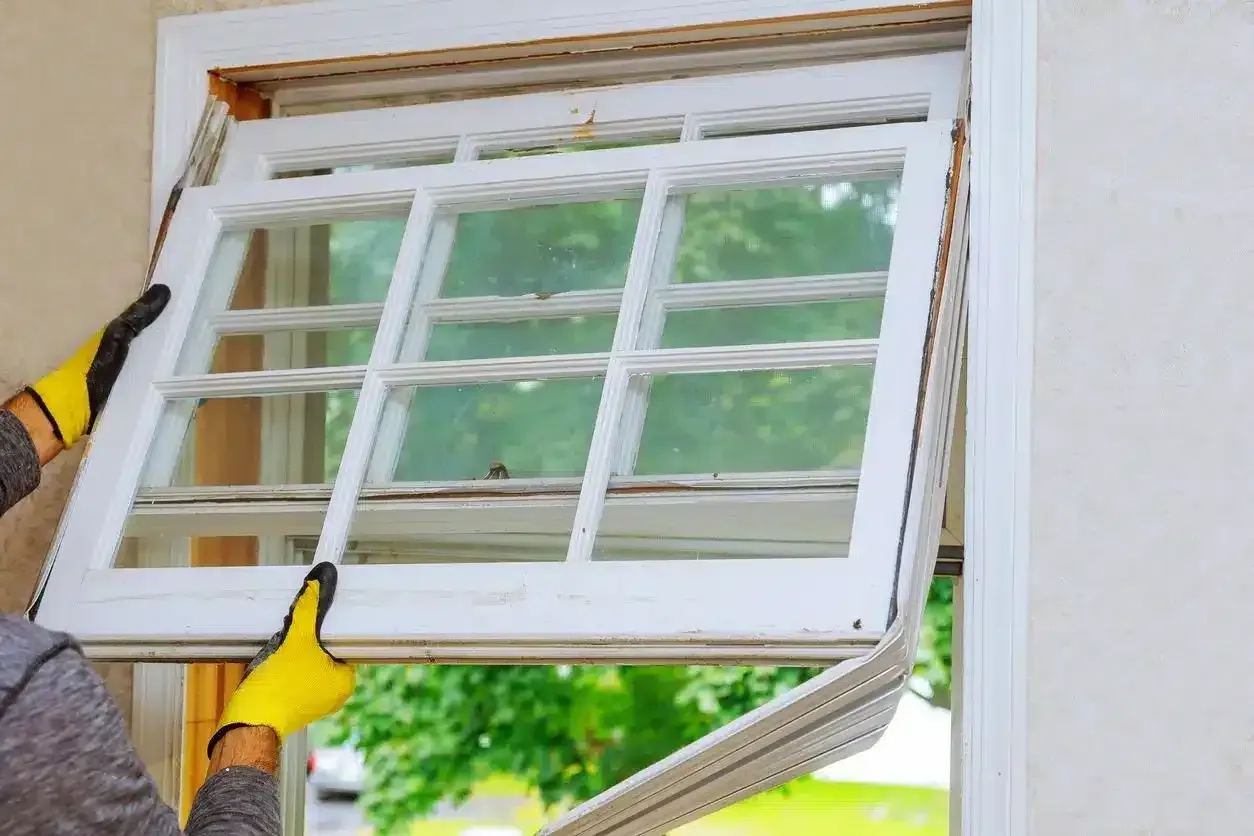
Hiring an inexperienced installer for windows replacement windows can lead to numerous problems that may compromise the integrity of a property . Inexpert installation can result in air leaks, water infiltration , and poor energy efficiency, negating the benefits of even high-quality fiberglass windows. Homeowners should prioritize finding skilled professionals who are well-versed in proper installation techniques and possess relevant certifications. Experience plays a crucial role in ensuring the longevity of the installation and maximizing the warranty coverage. By selecting a qualified installer, property owners can avoid costly mistakes and ensure their investment in new windows delivers long-lasting value.
The Risks of Improper Window Installation
Improper window installation by inexperienced contractors poses significant risks to homeowners. Faulty application of silicon sealants can lead to air and water leaks, compromising the window ‘s energy efficiency and potentially causing structural damage. Inexpert installation may also result in aesthetic issues, such as misalignment or gaps, which can negatively impact a home’s appearance and value. Reputable window companies employ experts who understand the intricacies of proper installation techniques, ensuring that homeowners’ investments are protected and their loans are well-spent on quality workmanship.
Identifying a Skilled Window Installer
Identifying a skilled window installer involves researching their credentials, experience, and reputation in the market . Homeowners should look for professionals who are certified by reputable brands and have a track record of successful installations, particularly in areas prone to moisture issues or unique architectural features like tile roofs. Online platforms can provide valuable insights through customer reviews and project portfolios, helping homeowners make informed decisions about their window installation experts.
How Experience Affects Installation Longevity
An experienced installer’s expertise significantly impacts the longevity of window replacements. Skilled professionals understand the nuances of different materials and can address potential issues like moisture infiltration or light gaps that inexperienced installers might overlook. By avoiding common window replacement mistakes, seasoned installers ensure proper fit, sealing, and functionality, which extends the life of replacement windows and maintains their energy efficiency over time.
The Importance of Professional Certifications
Professional certifications play a crucial role in ensuring quality window replacement and protecting a homeowner’s investment . Certified installers possess specialized knowledge in areas such as proper window sill construction and design , which are essential for preventing water infiltration and maintaining energy efficiency. These credentials also demonstrate a commitment to industry standards and ongoing education, which can be particularly valuable when dealing with complex installations or unique architectural features. Homeowners should consider certifications as a key factor when selecting an installer, as it can impact both the quality of work and potential interest rates on home improvement loans:
- Ensures compliance with industry standards
- Demonstrates up-to-date knowledge of installation techniques
- Reduces risk of improper installation and associated costs
- May be required for warranty coverage on certain products
- Indicates a commitment to professionalism and quality workmanship
Buying Windows That Aren’t to Code or Don’t Meet Your HOA Requirements
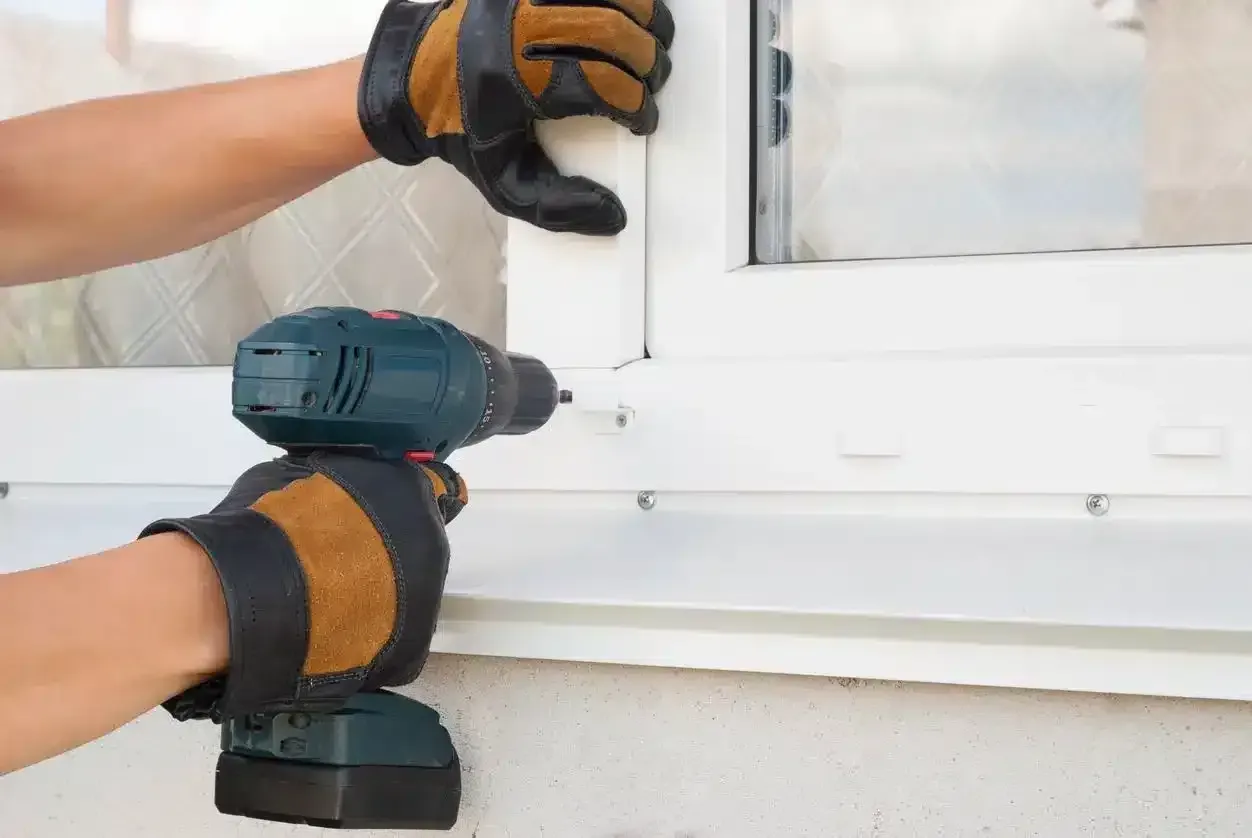
When undertaking a window replacement project as part of home improvement , homeowners must navigate the complex landscape of local building codes and homeowners’ association (HOA) requirements. Failing to adhere to these regulations can lead to costly mistakes, especially when replacing windows in areas like patios or other visible parts of the property . Proper research into code-compliant options and understanding HOA guidelines is crucial before selecting and installing new windows. This diligence helps avoid potential legal issues, fines, or the need for re-installation, ensuring that the chosen windows not only enhance the home’s aesthetics and energy efficiency but also comply with all necessary regulations. From proper caulking techniques to specific design requirements, every aspect of window replacement must align with local standards to ensure a successful and compliant home upgrade.
Understanding Local Building Codes
Local building codes govern the safety and performance standards for window installations. These regulations vary by region and address factors such as energy efficiency, egress requirements for emergency exits, and wind resistance specifications. Homeowners must research and understand these codes before selecting replacement windows to ensure compliance and avoid potential legal issues or costly corrections.
Checking HOA Guidelines Before Selection
Homeowners must carefully review their HOA guidelines before selecting replacement windows . These guidelines often dictate specific styles, colors, and materials that maintain the community’s aesthetic harmony. Failing to adhere to these requirements can result in fines, forced removal of non-compliant windows, or legal disputes with the HOA.
The Consequences of Non-Compliance
Non-compliance with building codes or HOA requirements can lead to severe consequences for homeowners. These may include hefty fines, legal action, or the need for costly reinstallation of windows. In extreme cases, homeowners might face difficulty selling their property or obtaining proper insurance coverage due to non-compliant installations:
| Consequence | Impact | Potential Resolution |
|---|---|---|
| Fines | Financial penalty | Payment and correction |
| Legal action | Court proceedings | Legal defense and compliance |
| Reinstallation | Additional Costs | Proper installation of compliant windows |
| Property sale issues | Difficulty in selling | Bringing property up to code |
| Insurance problems | Lack of coverage | Addressing non-compliance to secure insurance |
How to Find Code-Compliant Window Options
Finding code-compliant window options requires thorough research and consultation with industry professionals. Homeowners can start by contacting their local building department to obtain current code requirements for window installations. Many reputable window manufacturers offer products that meet or exceed these standards, and their websites often provide detailed specifications and compliance information . Consulting with certified window installers or energy efficiency experts can also help identify suitable options that align with both local regulations and HOA guidelines.
Choosing Looks Over Function and Features
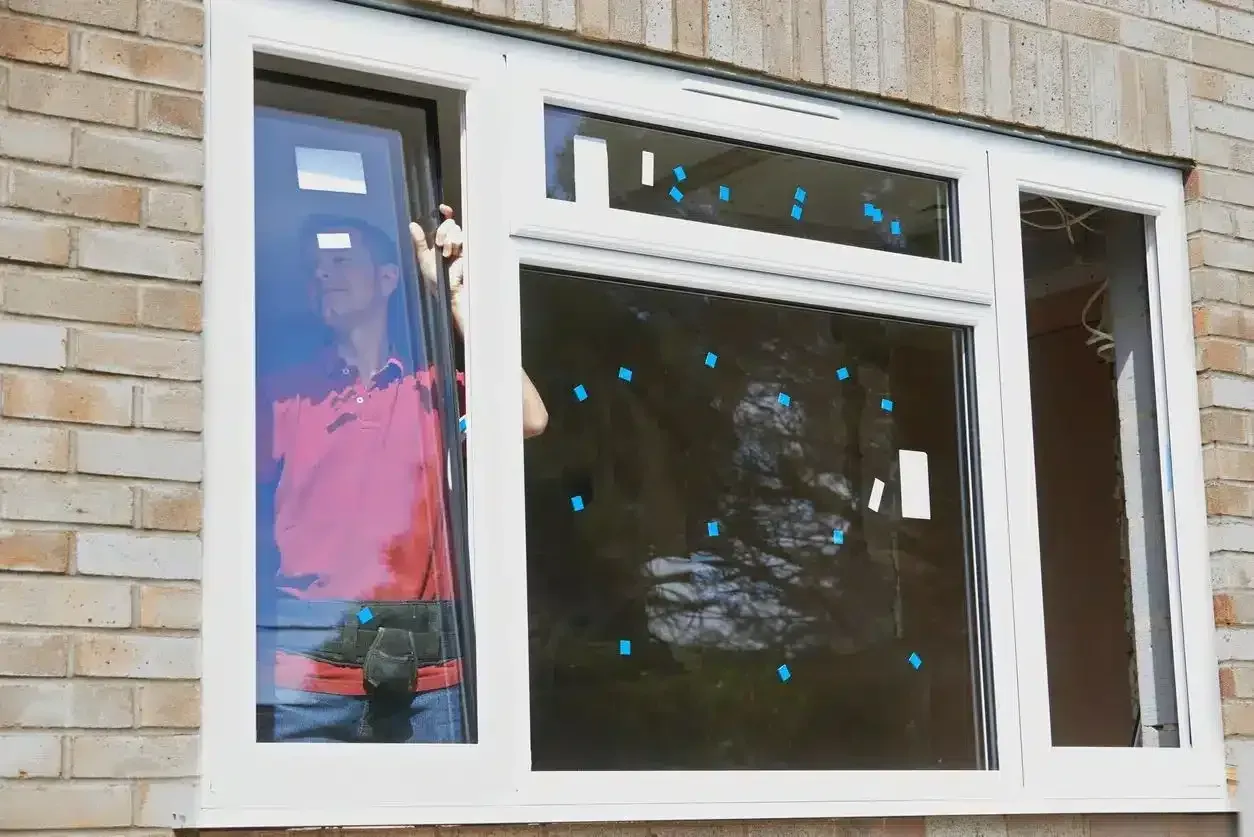
Window replacement offers homeowners an opportunity to enhance both the appearance and functionality of their homes. However, a common mistake is prioritizing aesthetics over practical features and performance. This approach can lead to dissatisfaction in the long run, as windows play a crucial role in energy efficiency, comfort, and overall home functionality. Understanding the importance of balancing visual appeal with essential features is key to making informed decisions. Homeowners should consider factors such as insulation properties, ease of maintenance, and adaptability to different room requirements when selecting windows. By avoiding the pitfall of choosing style over substance, they can ensure their investment provides lasting value and satisfaction.
Balancing Aesthetics With Performance
Balancing aesthetics with performance is crucial when selecting replacement windows . While visually appealing windows can enhance a home’s curb appeal, homeowners should not overlook important functional features such as energy efficiency, durability, and ease of maintenance. A well-chosen window combines attractive design with practical benefits, offering the best of both worlds for long-term satisfaction and value.
The Role of Window Features in Home Comfort
Window features significantly impact home comfort by regulating temperature, light , and airflow. Energy-efficient glass coatings reduce heat transfer, keeping interiors cooler in summer and warmer in winter. Proper insulation and weatherstripping minimize drafts, enhancing overall comfort and reducing energy costs. Additionally, features like tilt-in sashes for easy cleaning and noise-reducing glazing contribute to a more pleasant living environment.
Assessing Functionality for Long-Term Satisfaction
Assessing window functionality for long-term satisfaction involves considering factors beyond immediate aesthetics . Homeowners should evaluate how well a window ‘s features align with their specific needs, such as ease of operation, maintenance requirements, and adaptability to different room functions. This assessment ensures that the chosen windows will continue to meet the household’s needs over time, providing lasting value and comfort.
The Misconception of One-Size-Fits-All in Window Design
The misconception of one-size-fits-all in window design can lead to suboptimal choices for homeowners. Different rooms and areas of a house have unique requirements for light , ventilation, and insulation. Selecting windows based solely on a uniform appearance throughout the home may compromise functionality and energy efficiency in specific spaces:
| Room Type | Specific Window Needs | Potential Issues with One-Size-Fits-All |
|---|---|---|
| Kitchen | Good ventilation, easy cleaning | Poor air circulation, difficult maintenance |
| Bedroom | Light control, noise reduction | Sleep disruption, lack of privacy |
| Living Room | Natural light, view enhancement | Glare, limited outdoor visibility |
| Bathroom | Privacy, moisture resistance | Lack of privacy, potential mold growth |
Replacing a Window With the Same Window
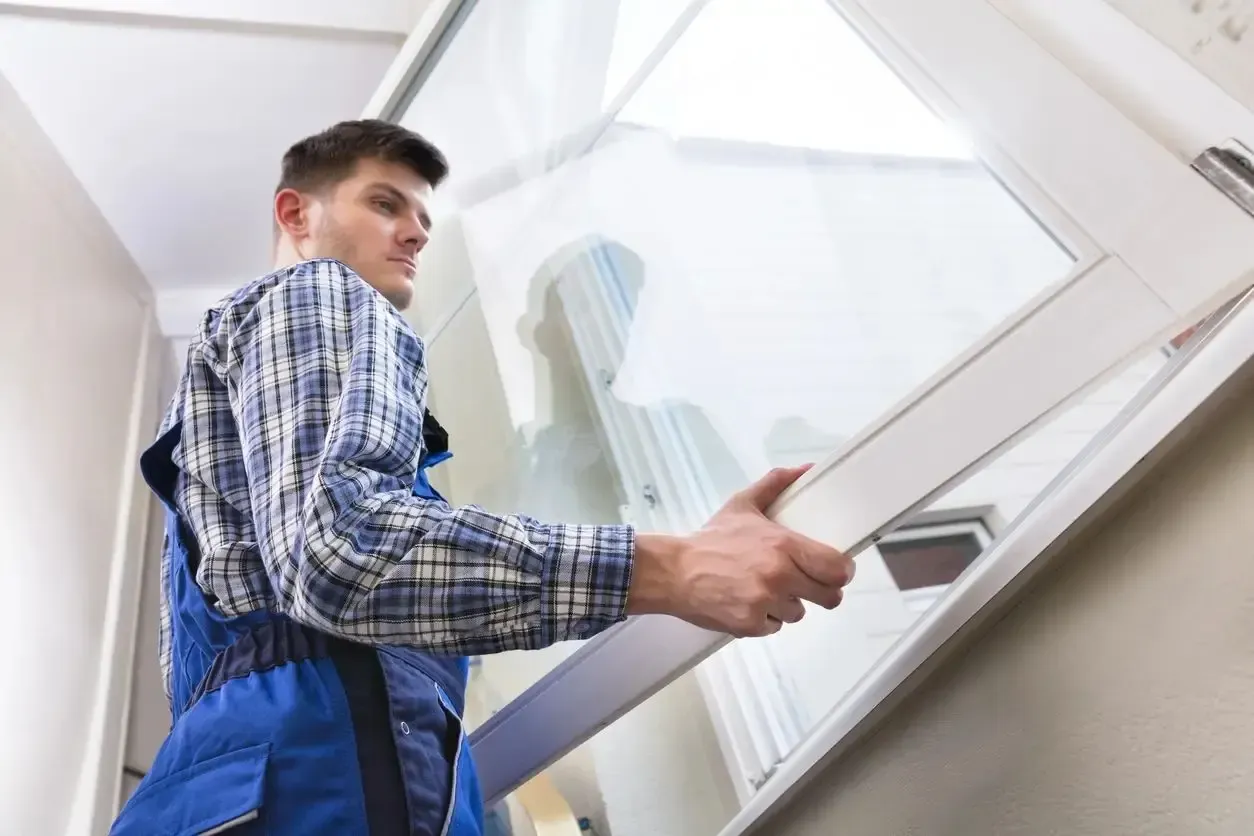
Replacing old windows with identical models can be a missed opportunity for homeowners seeking to improve their property ‘s efficiency and value. While familiarity might seem appealing, this approach often overlooks significant advancements in window technology that could offer superior performance, energy savings, and comfort. Homeowners should carefully evaluate their current windows’ shortcomings and consider how modern alternatives might address these issues more effectively. Consulting with window experts can provide valuable insights into the latest innovations and help identify options that best suit the specific needs of each home, potentially leading to more satisfactory and cost -effective results in the long run.
Evaluating the Need for an Upgrade
Evaluating the need for an upgrade involves assessing the current windows’ performance and comparing it to modern alternatives. Homeowners should consider factors such as energy efficiency, noise reduction, and ease of maintenance when determining if a like-for-like replacement is sufficient. Advancements in window technology may offer significant improvements that justify choosing a different model, potentially leading to long-term cost savings and enhanced comfort.
Exploring Advancements in Window Technology
Window technology has made significant strides in recent years, offering homeowners innovative solutions for energy efficiency, comfort, and aesthetics . Modern windows now feature advanced materials like low-emissivity glass coatings, which reduce heat transfer and UV radiation, while maintaining natural light transmission. Improved frame designs and multi-pane configurations provide better insulation and sound reduction, enhancing overall home comfort and energy savings.
Why the Same Window Type Might Not Be the Best Choice
Opting for the same window type during replacement may not be the best choice due to advancements in window technology and changing homeowner needs. Newer window designs often offer improved energy efficiency, better sound insulation, and enhanced security features that older models lack. Additionally, lifestyle changes or alterations to the home’s interior may necessitate a different window style to optimize functionality and aesthetics :
| Aspect | Old Window | Modern Alternative |
|---|---|---|
| Energy Efficiency | Basic Insulation | Advanced low-E coatings, multi-pane designs |
| Sound Insulation | Limited noise reduction | Improved acoustic performance |
| Security | Standard locks | Enhanced locking mechanisms, impact-resistant glass |
| Maintenance | Regular upkeep required | Low-maintenance materials and designs |
The Benefits of Consulting With a Window Expert
Consulting with a window expert offers homeowners valuable insights into the latest window technologies and design options. These professionals can assess a home’s specific needs, considering factors such as climate, architectural style, and energy efficiency goals. Their expertise helps homeowners make informed decisions, potentially leading to better long-term satisfaction and cost savings.
Not Knowing What Your Window Installer Will and Won’t Do
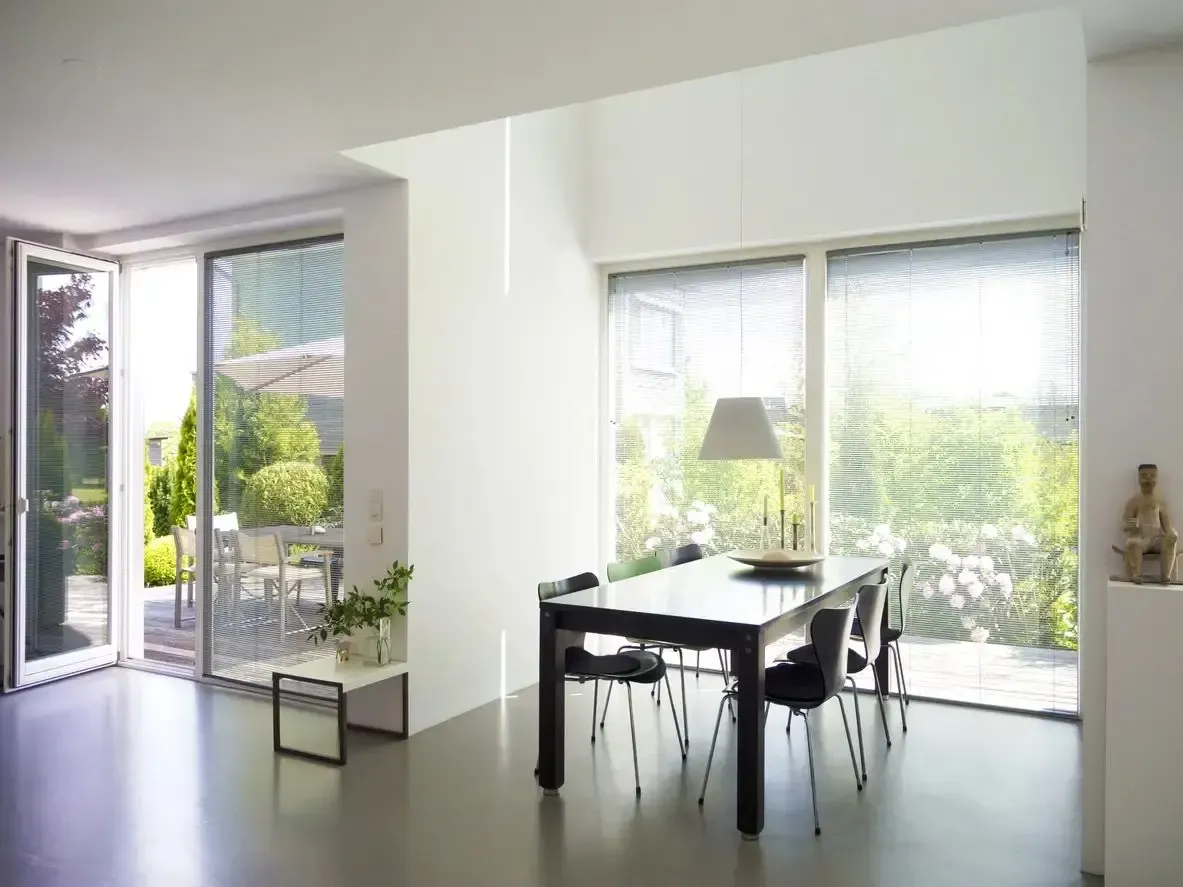
Understanding the scope of a window installer’s responsibilities is crucial for a successful replacement project. Many homeowners overlook this aspect, leading to misunderstandings and potential complications during the installation process. Clear communication with the installer about their specific duties, project limitations, and homeowner responsibilities can prevent unexpected issues and ensure a smooth installation experience. By clarifying these details beforehand, homeowners can better prepare for installation day and avoid common pitfalls associated with unclear expectations. This knowledge empowers homeowners to make informed decisions and contribute effectively to the success of their window replacement project.
The Importance of Clear Communication
Clear communication with window installers is crucial for a successful replacement project. Homeowners should discuss the scope of work, including specific tasks the installer will perform and any limitations or exclusions. This transparency helps set realistic expectations and prevents misunderstandings that could lead to delays or additional costs.
Understanding Project Scope and Limitations
Understanding the project scope and limitations of window installation helps homeowners prepare for the process and avoid unexpected issues. Installers typically handle the removal of old windows, installation of new ones, and basic sealing. However, they may not address extensive structural repairs, interior trim work, or exterior siding adjustments. Knowing these boundaries allows homeowners to plan for additional contractors or DIY work if needed.
Preparing for Installation Day Requirements
Preparing for installation day requires homeowners to take specific steps to ensure a smooth process. Clearing the area around windows, removing window treatments, and providing clear access for installers are essential tasks. Homeowners should also plan for potential noise and disruption, securing valuables and covering furniture to protect against dust and debris during the installation.
How to Clarify Installation Details Beforehand
Homeowners can clarify installation details beforehand by scheduling a pre-installation meeting with their chosen contractor. During this meeting, they should ask specific questions about the installation process, including the expected timeline, materials used, and any potential challenges unique to their home. Requesting a written outline of the installer’s responsibilities and any tasks the homeowner needs to complete prior to installation day can help prevent misunderstandings and ensure a smooth process.
Not Thinking Through the Window’s Ultimate Function
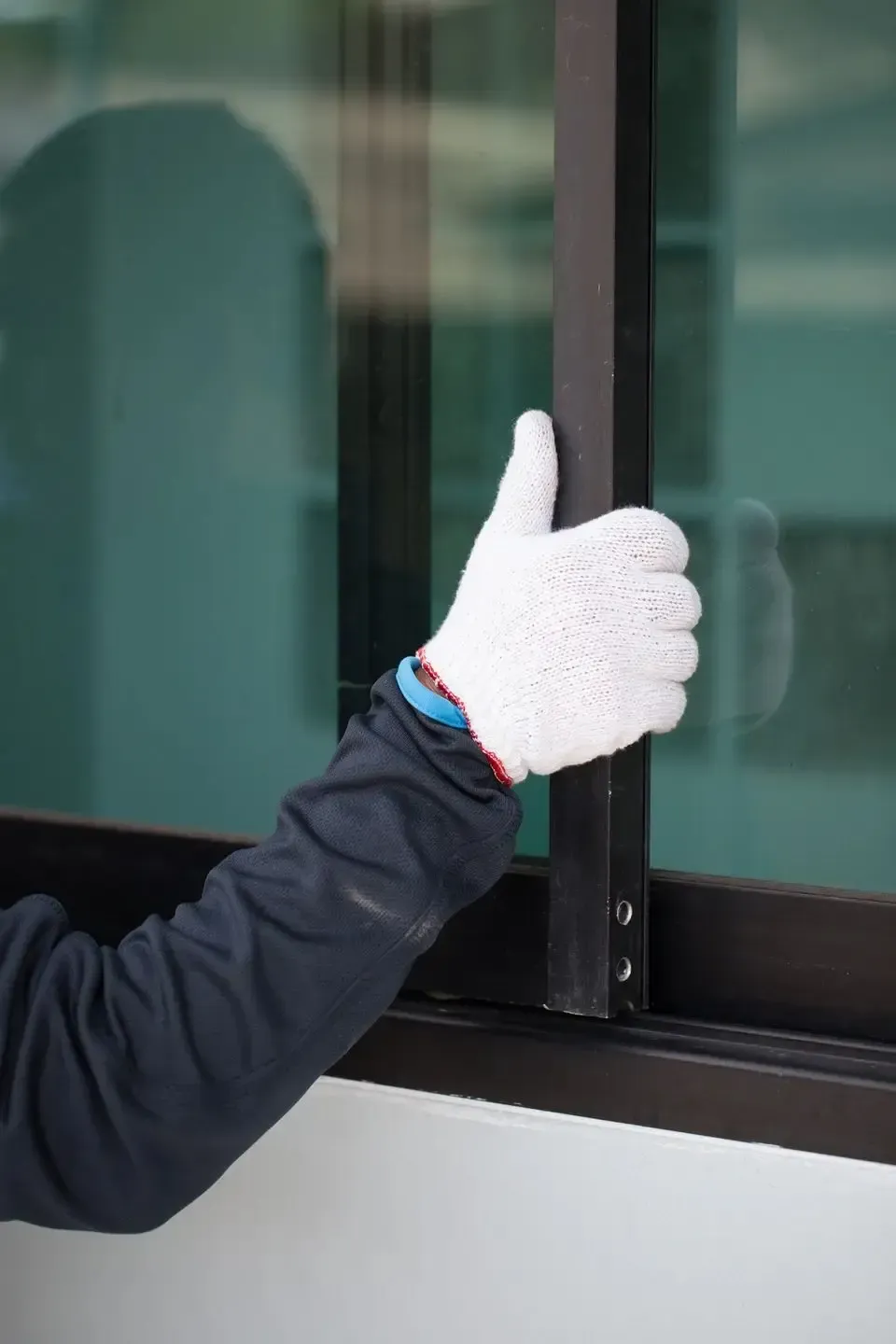
Selecting the right windows for a home goes beyond mere aesthetics ; it requires careful consideration of each window ‘s ultimate function. Homeowners often overlook this crucial aspect, leading to suboptimal choices that may not align with their specific needs. Understanding how different window types can enhance room functionality, impact lighting and ventilation, and contribute to overall home comfort is essential. By evaluating factors such as operability, access features, and customization options, homeowners can make informed decisions that maximize the value and efficiency of their window replacements. This thoughtful approach ensures that each window serves its intended purpose, contributing to a more comfortable and functional living space.
Matching Window Types to Room Function
Matching window types to room function is critical for maximizing comfort and utility in a home. Different rooms have unique requirements for light , ventilation, and privacy, which can be addressed by selecting appropriate window styles. For example, kitchens benefit from casement windows that provide ample ventilation, while bathrooms may require privacy glass or smaller awning windows.
- Living rooms: Large picture windows for natural light and views
- Bedrooms: Double-hung or casement windows for ventilation and light control
- Home offices: Transom windows for added light without glare on screens
- Basements: Egress windows for safety and improved natural light
- Dining areas: Bay or bow windows to create a focal point and expand space
The Impact of Window Choice on Lighting and Ventilation
Window choice significantly influences a home’s lighting and ventilation. Larger windows or those with specialized glazing can maximize natural light , reducing the need for artificial lighting during daytime hours. Operable windows, such as casement or double-hung styles, allow for better air circulation, improving indoor air quality and reducing reliance on air conditioning systems.
Customizing Windows for Your Home’s Needs
Customizing windows for a home’s specific needs involves tailoring window features to address unique requirements and preferences. This process may include selecting specific frame materials, glass types, or hardware options that enhance energy efficiency, noise reduction, or ease of use. Homeowners can work with window manufacturers to create custom solutions that align with their architectural style, climate considerations, and lifestyle needs, ensuring each window serves its intended purpose effectively.
Evaluating Operability and Access Features
Evaluating operability and access features of windows ensures they meet the practical needs of homeowners. Considerations include ease of opening and closing, especially for hard-to-reach areas, and the ability to clean windows safely from inside the home. Tilt-in sashes, crank mechanisms, or remote-controlled options can enhance accessibility and convenience, particularly for aging residents or those with mobility challenges.
Not Understanding What Voids the Window Warranty
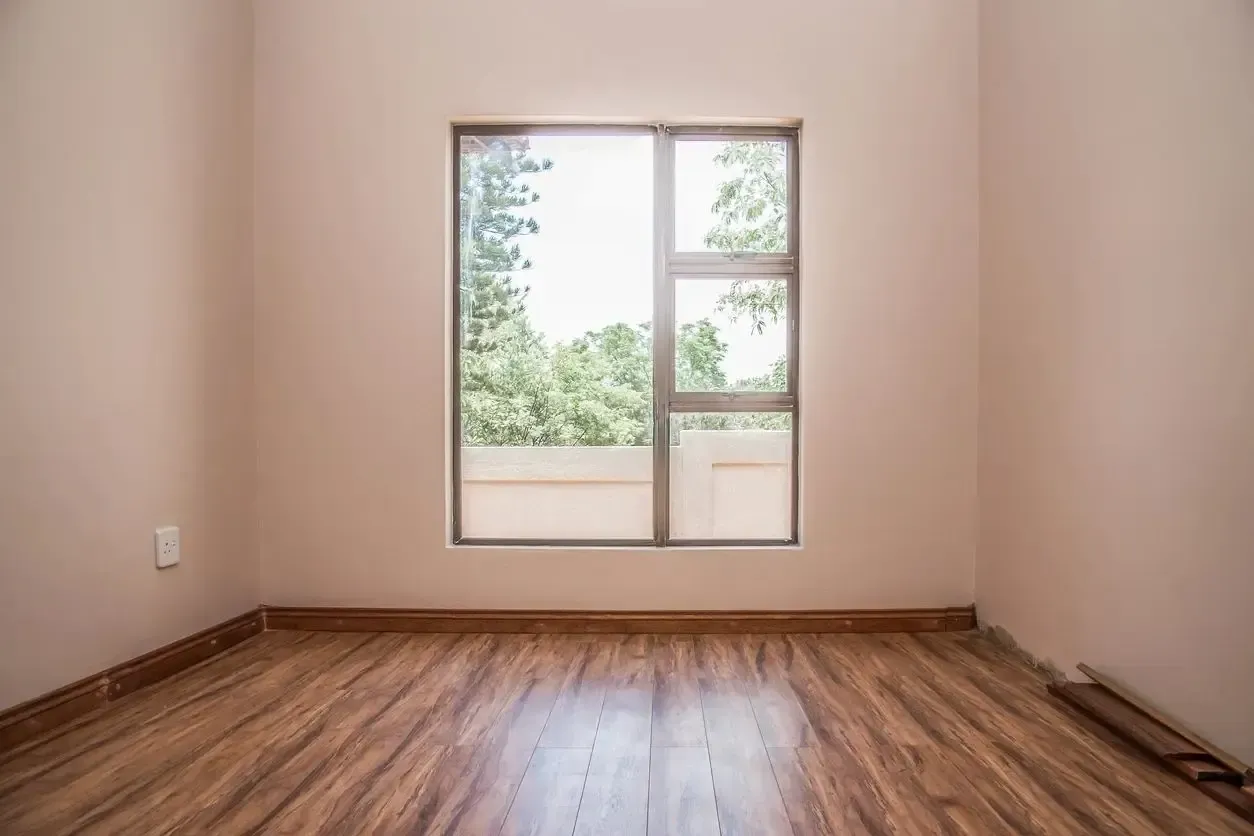
Window warranties provide crucial protection for homeowners investing in new windows, but many fail to fully grasp the conditions that can nullify this coverage. Understanding warranty terms, avoiding practices that invalidate guarantees, and maintaining windows properly are essential for preserving warranty benefits. Homeowners who overlook these aspects risk losing valuable protection and potentially facing unexpected costs for repairs or replacements. By familiarizing themselves with warranty specifics and adopting warranty -friendly practices, property owners can safeguard their investment and ensure long-term satisfaction with their window replacements.
Key Warranty Terms Every Buyer Should Know
Key warranty terms for window buyers include coverage duration, transferability, and exclusions. Transferability allows the warranty to be passed on to subsequent homeowners, potentially increasing the property ‘s value. Exclusions often include damage from improper installation, accidents, or natural disasters, making it crucial for buyers to understand these limitations before making a purchase.
Common Practices That Can Void a Warranty
Several common practices can inadvertently void a window warranty , leaving homeowners without protection. These include using harsh cleaning agents or abrasive tools that damage the window ‘s surface, painting or staining factory-finished frames, and modifying the window structure without manufacturer approval. Additionally, failing to address minor issues promptly or attempting DIY repairs instead of contacting authorized professionals can result in warranty nullification.
How to Ensure Your Window Activities Stay Warranty-Friendly
To ensure window activities remain warranty -friendly, homeowners should adhere to manufacturer guidelines for maintenance and care. This includes using approved cleaning products, promptly addressing any issues, and keeping detailed records of all maintenance activities. When repairs are necessary, contacting authorized professionals rather than attempting DIY fixes helps preserve warranty coverage. Additionally, homeowners should be cautious about modifications and consult with the manufacturer before making any changes to the windows or surrounding structures:
- Follow manufacturer-recommended cleaning methods
- Address issues promptly to prevent further damage
- Keep detailed maintenance records
- Use authorized professionals for repairs
- Consult the manufacturer before making modifications
Tips for Maintaining Window Warranty Validity
Maintaining window warranty validity requires diligence and adherence to manufacturer guidelines. Homeowners should perform regular inspections, clean windows gently with approved products, and promptly report any issues to the manufacturer or authorized dealer. Keeping detailed records of maintenance, including dates and specific actions taken, can prove invaluable if warranty claims become necessary. Additionally, homeowners should resist the temptation to modify windows or their surroundings without first consulting the manufacturer, as unauthorized alterations can void warranty coverage:
| Maintenance Task | Frequency | Importance for Warranty |
|---|---|---|
| Visual inspection | Monthly | High |
| Gentle cleaning | Quarterly | Medium |
| Hardware lubrication | Annually | Medium |
| Weatherstripping check | Bi-annually | High |
| Professional inspection | Every 2-3 years | Very High |
Not Preparing Yourself for What You May Find During the Replacement Process
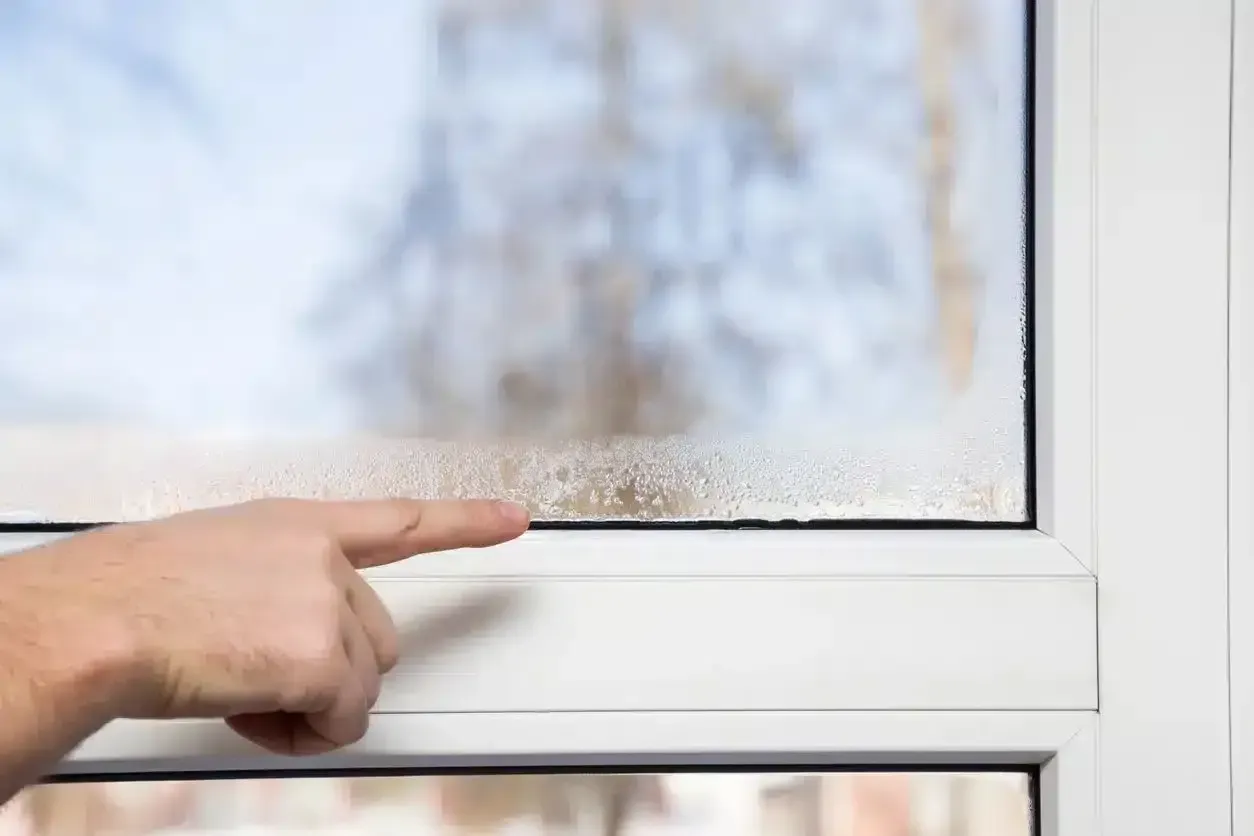
Window replacement projects often reveal hidden challenges that can catch homeowners off guard. From discovering structural issues behind old frames to encountering unexpected costs and dealing with temporary disruptions to daily life, the process can be more complex than anticipated. Understanding these potential hurdles and preparing for them in advance is crucial for a successful window replacement experience. By anticipating unforeseen problems, budgeting for contingencies, and mentally preparing for the project’s impact on home life, homeowners can navigate the replacement process more smoothly and with less stress. This preparation not only helps in managing expectations but also ensures a more efficient and satisfactory outcome for the window replacement project.
The Potential for Unforeseen Structural Issues
Window replacement projects often uncover hidden structural issues behind old frames. These problems may include water damage, rotting wood , or inadequate support, which can complicate the installation process and increase costs. Homeowners should be prepared for the possibility of discovering these issues and factor potential repairs into their budget and timeline:
| Common Hidden Issues | Potential Impact | Recommended Action |
|---|---|---|
| Water damage | Structural weakness | Repair and waterproof |
| Rotting wood | Compromised fram integrity | Replace affected areas |
| Inadequate support | Improper window fit | Reinforce surrounding structure |
| Insect infestation | Weakened frame | Treat and replace damaged wood |
Budgeting for Unexpected Replacement Costs
Budgeting for unexpected replacement costs requires homeowners to set aside a contingency fund beyond the initial estimate. This extra budget, typically 10-20% of the project cost , helps cover unforeseen expenses such as structural repairs or specialized materials. By planning for these potential costs upfront, homeowners can avoid financial stress and ensure the project proceeds smoothly without compromising quality or safety.
Emotional Preparedness for Home Disruptions
Emotional preparedness for home disruptions during window replacement is crucial for maintaining peace of mind throughout the process. Homeowners should mentally brace themselves for temporary inconveniences such as noise, dust, and limited access to certain areas of their home. Acknowledging these challenges in advance and developing coping strategies, such as creating a quiet workspace or planning activities outside the home, can help reduce stress and maintain a positive outlook during the renovation .
Tips for a Smoother Window Replacement Experience
Ensuring a smoother window replacement experience involves proactive planning and clear communication. Homeowners should create a detailed project timeline with their contractor, including milestones and potential delay factors. Preparing the work area by removing furniture , window treatments, and fragile items can expedite the process and protect belongings. Additionally, establishing a clear line of communication with the installation team helps address any issues promptly and keeps the project on track:
| Preparation Step | Benefit | Implementation |
|---|---|---|
| Create project timeline | Better planning and expectations | Collaborate with contractor |
| Clear work areas | Faster installation, protected items | Remove furniture and decor |
| Establish communicatin | Quick issue resolution | Set up regular check-ins |
| Plan for weather | Minimize delays | Check forecast, have contingencies |
Conclusion
Avoiding key window replacement errors is crucial for homeowners to ensure a successful and cost -effective upgrade. By understanding the importance of proper glazing , considering long-term costs, hiring experienced installers, and selecting appropriate windows for each room ‘s function, homeowners can maximize their investment and improve their home’s comfort and efficiency. Careful attention to warranty terms, preparation for unexpected issues, and clear communication with contractors further contribute to a smooth replacement process. Ultimately, steering clear of these common mistakes empowers homeowners to make informed decisions, resulting in durable, energy-efficient windows that enhance their property ‘s value and livability.
Recent Posts
Learn More About
Mammoth Home Renovations
Serving the Fox Cities area of Wisconsin, Mammoth Home Renovations specializes in insulation services and exterior and interior remodeling. One-stop-shop for home renovations. Quick-to-act discount. Financing available. Call or text for a free estimate.


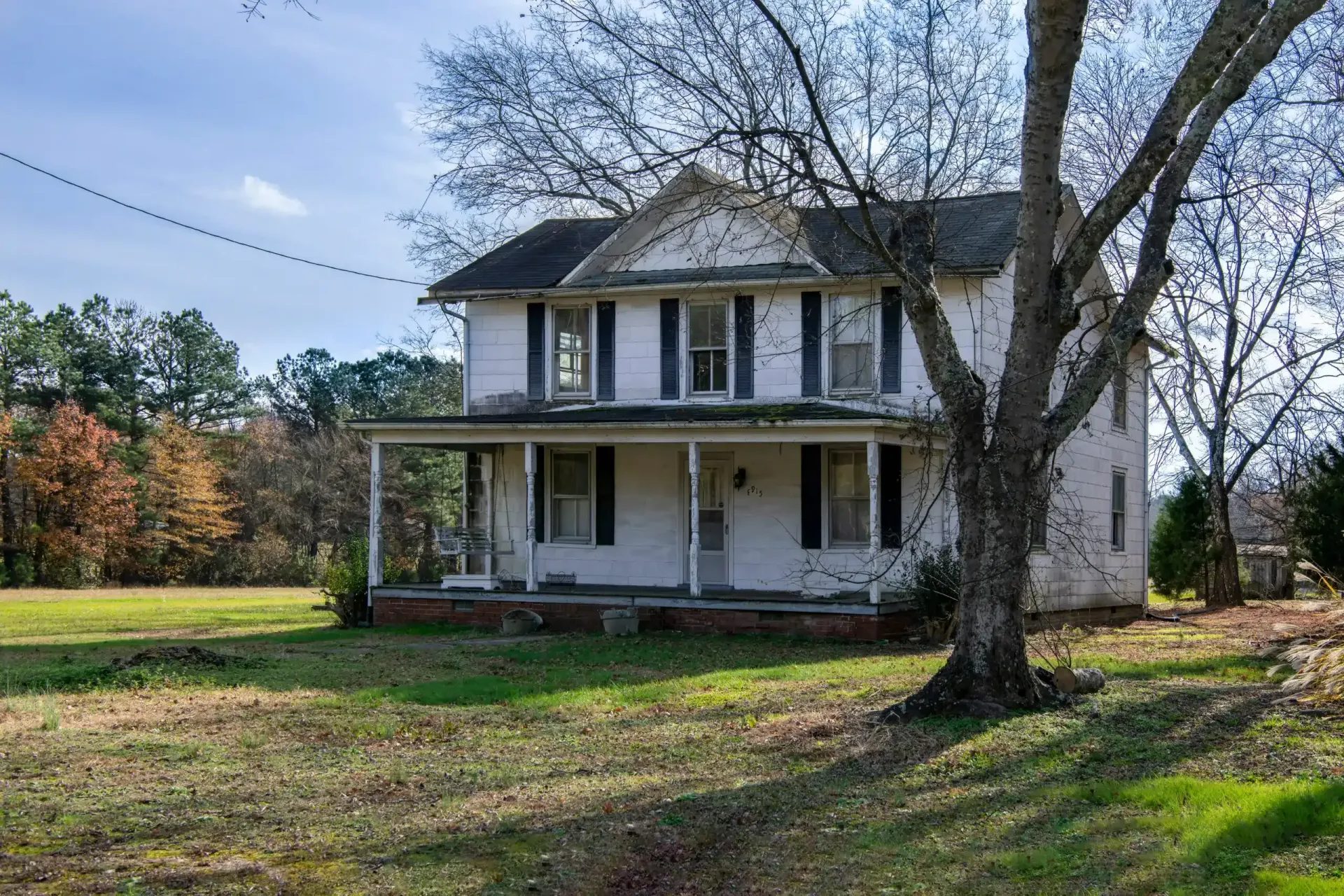
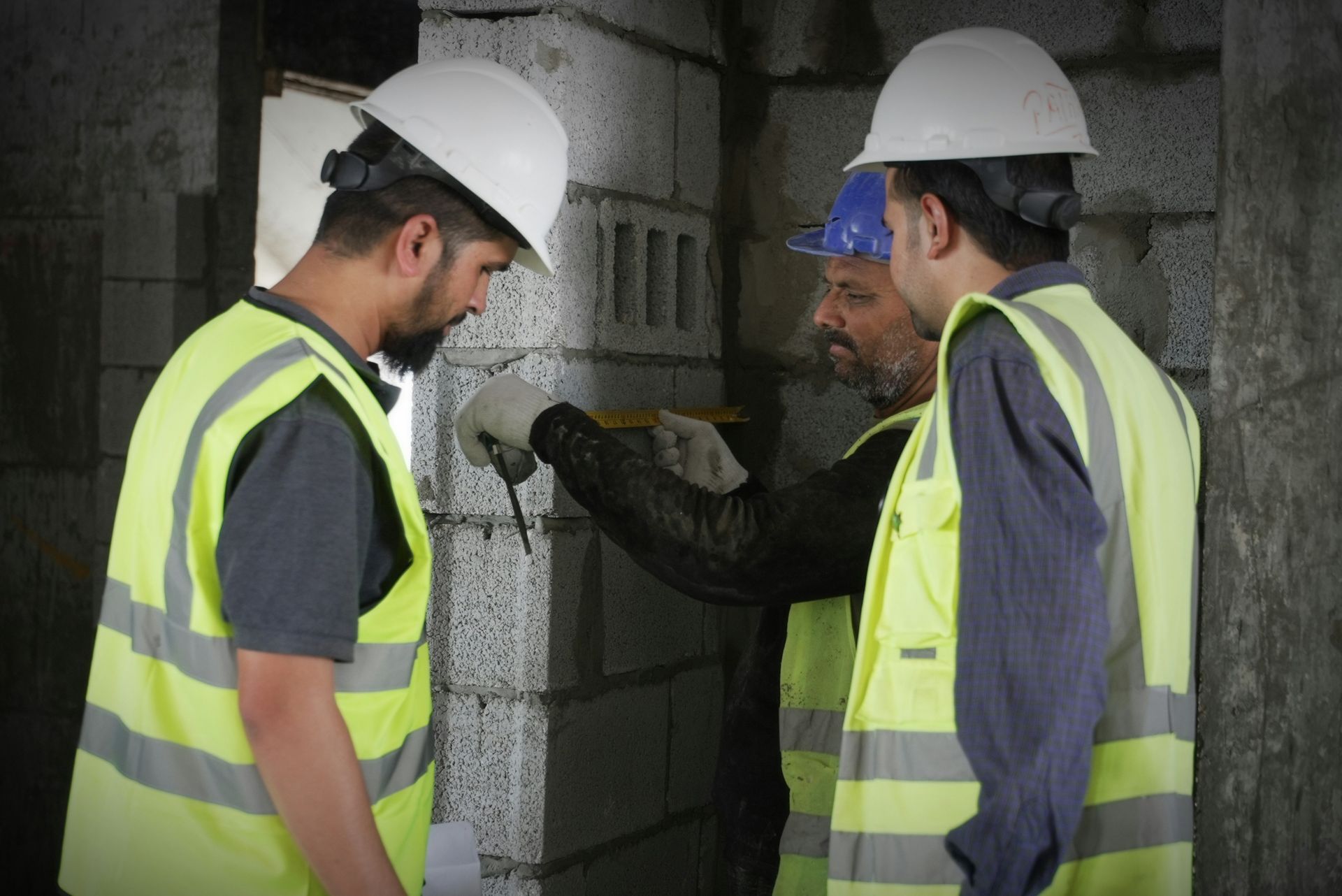
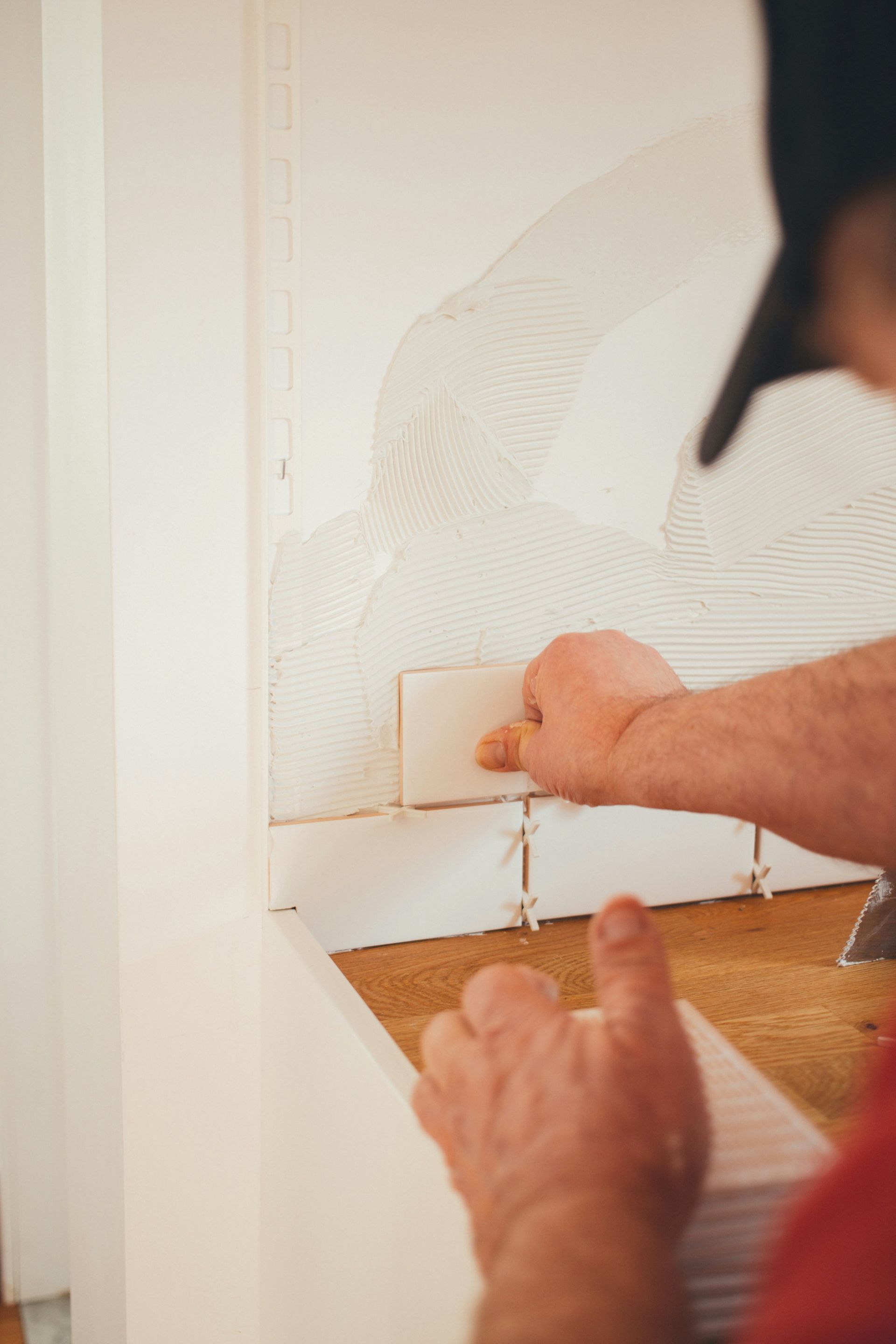

Share On: